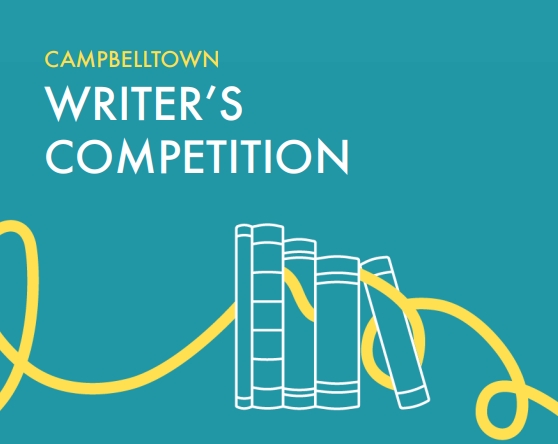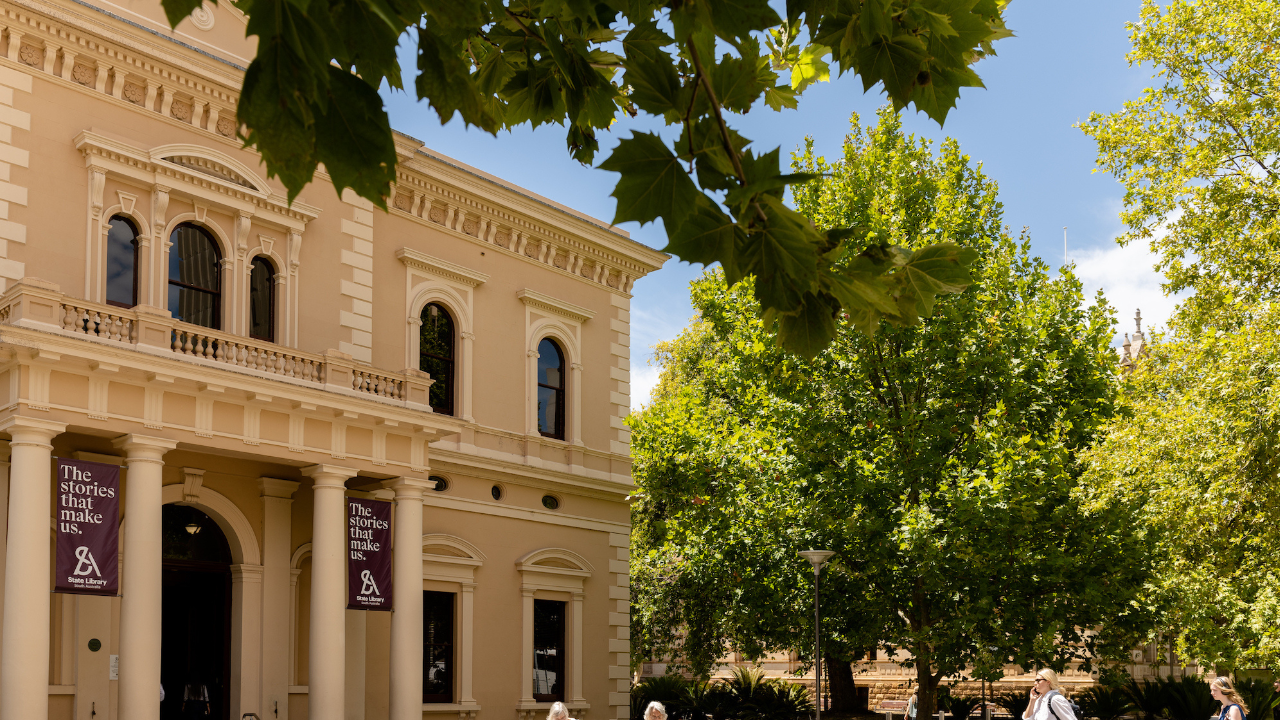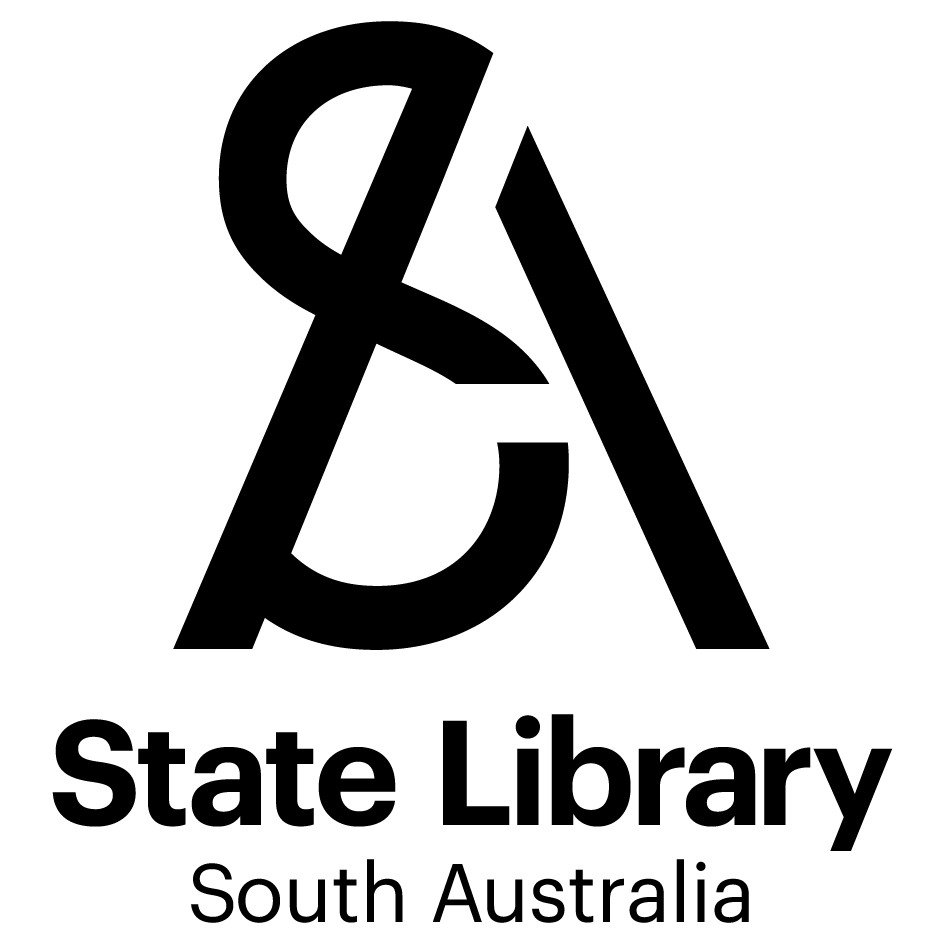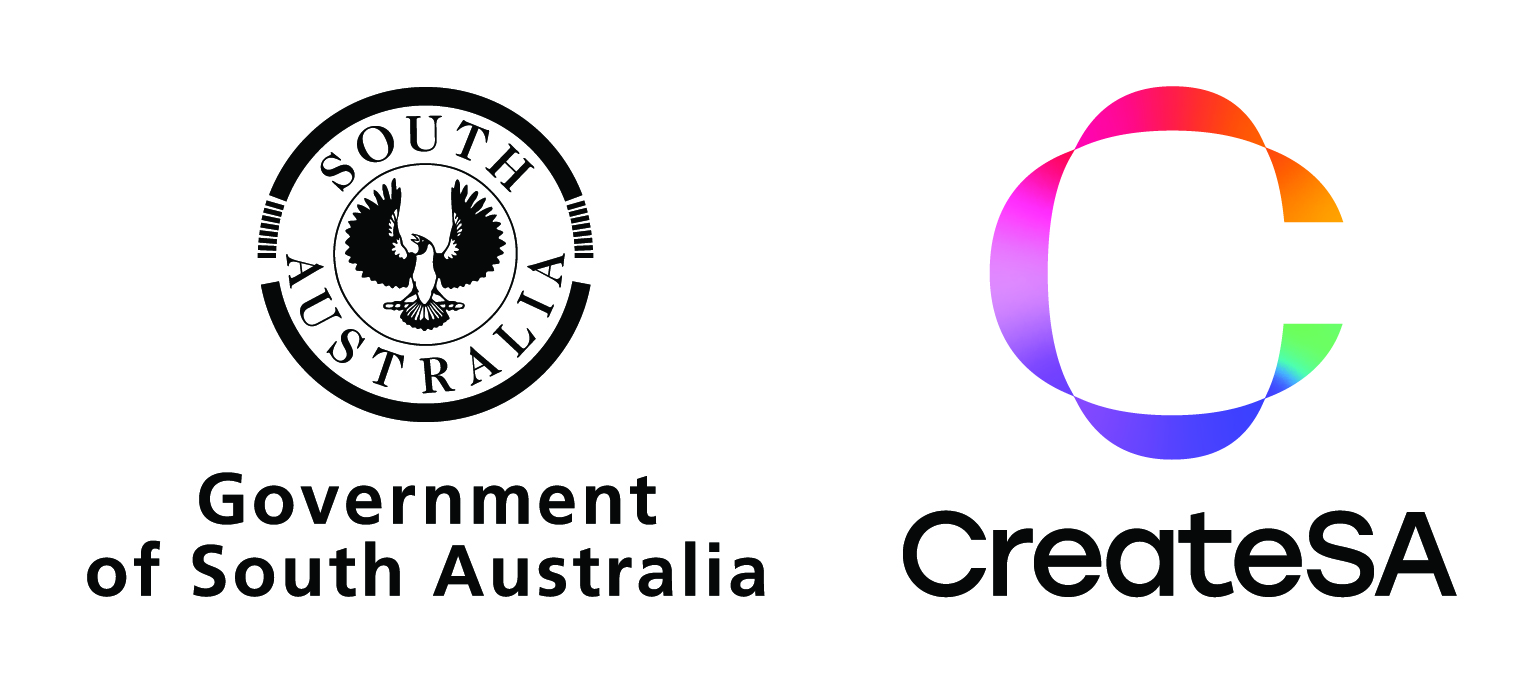MEDIA ANNOUNCEMENT
An Australian first study of Australian authors highlights the dramatic and profound impact that technology is having on authors and the publishing industry.
Technology has opened up significant opportunities for self-publishing with the study showing that 84 per cent of fiction authors are changing the way their work is published or distributed. Technology is impacting how authors publish and promote their works, and also how they interact with readers.
This is just one aspect of the findings on Australia’s authors and the Australian book industry undertaken by Macquarie University’s Faculty of Business and Economics.
The study surveyed more than 1,000 book authors who reside in Australia and meet specific criterion*. The study highlights authors’ and publishers’ responses to the technological changes that are currently affecting the book industry worldwide, and the impact of these changes in the Australian book industry on the creative practices and livelihoods of authors.
Head researcher and cultural economist, Professor David Throsby AO said, “This is the first time this type of study has been undertaken in Australia. It has given a clear look at what the life of an Australian author looks like, the impact that technology is having on their craft and the latest publishing trends.”
“The study has proven what many intuitively believed; that technology is fundamentally changing the publishing sector, right down to how authors research and draft their work, through to publishing and promoting works.”
“What we found is that the concept of self-publishing is growing. For instance, over one-third of genre fiction authors have self-published. The reasons behind this trend include authors’ desire to have creative and financial control of their work, and being unable to interest a traditional publisher in their work.”
“The study also showed how technology is impacting and increasing the number of publishing formats available to today’s authors. This perhaps reflects the uptake of ebooks in genre fiction as a contributing factor.”
“Another area of change is the way in which authors interact with their readers, with two-thirds of authors able to access readers using new technologies. Further, over half of the authors surveyed report that new technologies have opened up new avenues to publish paid, original work,” said Professor Throsby.
The study looks at the following areas: Author demographics, authors’ earnings, authors’ financial positions, changes to authors’ practices, allocation of time, rights sales, translations and piracy, promotion, relationship with publishers, publishing formats and self-publishing.
More information on the study can be found here.
Check out our new program here!
KEY FINDINGS FROM THE STUDY
Author demographics
· Women make up two-thirds of book authors.
· More than 80 per cent of authors have attended university and almost half have completed a post-graduate degree.
· Professional book authors are relatively old compared to Australia’s population. Half of book authors are aged 40-59 years and nearly 40 per cent are older.
· Nearly three-quarters of book authors were born in Australia.
Authors’ earnings
· 43 per cent of authors earn the average annual income for the Australian workforce in 2013-14 FY or higher ($61,485).
· When all sources of income are included, the average total income for authors is $62,000.
· The average income derived from practising as an author is $12,900.
Changes to authors’ practice
· The most widespread impact of new technologies is on promotion, with genre fiction (91 per cent), children’s (83.5 per cent) and poetry (82 per cent) the most likely to have experienced a change in promotion.
· 70 per cent of authors report they have changed the way their work is published or distributed because of new technologies.
· Two-thirds of authors report that new technologies are impacting the way in which they interact with readers, particularly genre fiction authors (85.8 per cent).
· Over half of authors report that new technologies have opened up new avenues to publish paid, original work, with genre fiction (78.5 per cent) and poets (69 per cent) the most affected.
Allocation of time
· Nearly one-fifth of authors work full-time in this role.
· The highest proportion of full-time professional writers is in genre fiction, followed by children’s and literary fiction.
· Authors spend on average 43 per cent of their working time on their creative occupation as a writer, including writing, research, administration, promotion and networking.
Rights sales, translations and piracy
· 44.5 per cent of authors have sold overseas rights to their work during their careers**.
· Nearly one-third of authors have had their work translated.
· Over 25 per cent of authors have had their work pirated and one quarter of authors were unsure. Genre fiction are the most likely to have had their work pirated (44.7 per cent).
Promotion
· Two-thirds of authors consider serious reviews of their work important for sales, particularly authors of literary fiction (86.5 per cent), scholarly works (75.8 per cent) and poetry (70.2 per cent).
· Nearly two-thirds of authors regard general reader reviews as important for the sale of their work.
· Winning a well-regarded prize relevant to an author’s genre is regarded as most important for poets (60.7 per cent), literary fiction (55.1 per cent) and children’s authors (49.5 per cent).
Authors and publishers
· 25 per cent of authors are not currently working with a publisher (other than self-publishing).
· Over 42 per cent of authors are working with one publisher and one-third work with more than one publisher.
Publishing formats
· The most frequently nominated format for works published in the previous year is a print book by a traditional publisher (44 per cent of authors), followed by an ebook by a traditional publisher (34.3 per cent).
Self-publishing
· 19 per cent of authors have self-published a print book or an ebook in the previous year.
· Genre fiction authors are the most active self-publishers with over one-third self-publishing.
· 59.4 per cent of self-publishing authors do so to have creative and financial control over their work, followed by just over one-third who were unable to interest a traditional publisher in their work.
· 28 per cent of authors report that self-publishing is becoming increasingly common in their main genre, most notably in poetry, education, creative and other non-fiction.
*Survey participants were required to have met the following criterion: They had authored one or more published books including fiction, non-fiction, poetry, short stories, educational books and scholarly works, in formats which included traditional print publishing, epublishing, self-publishing, multi-platform works or other equivalent book-length publications (including other digital platforms and related performance works). Ineligible activities included marketing-based activities on websites, blogs or social media, online games, TV programs or films.
**It is important to note that this does not adequately represent the international reach of Australian-authored books, even in terms of sales. For example, it does not include authors who sell current and/or backlisted titles from their own websites, and who successfully self-publish to international platforms like Amazon. It also does not include authors who use the internet as a medium for publishing work directly for Australian and international readerships, for example a number of Australian poets, literary and other writers. Taking all these activities into account, it is clear that well over half of Australian book authors have been or are engaged with international readerships.







